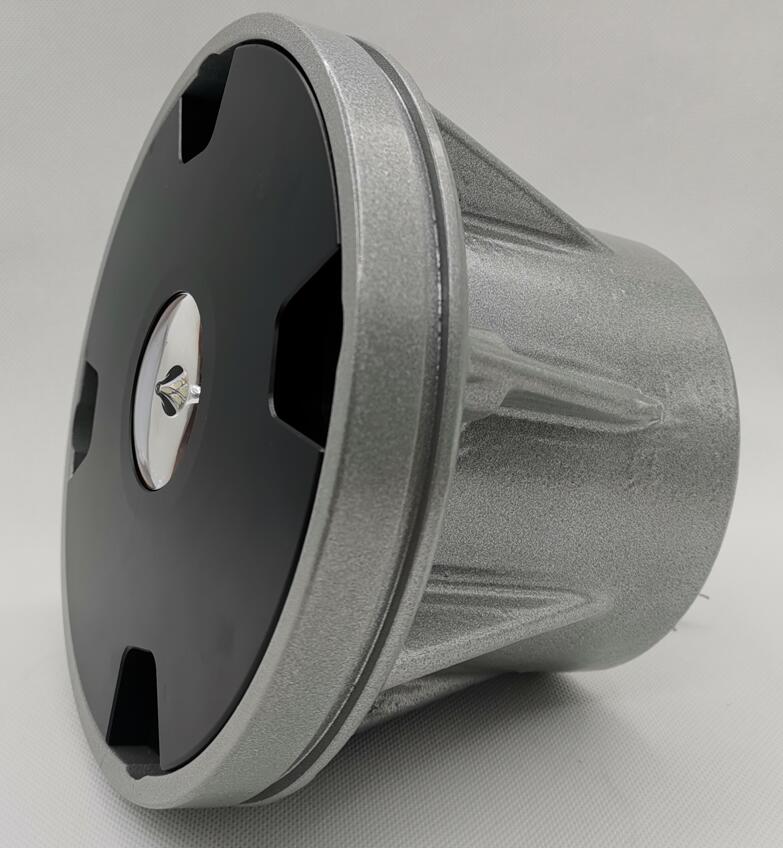Helicopter Landing Pad Lights: Critical Safety Systems for Modern VTOL Operations
As urban air mobility expands and helicopter operations increase across industries, helicopter landing pad lights have evolved from simple markers to sophisticated safety systems. These specialized lighting solutions provide essential visual cues that enable safe vertical takeoffs and landings in all conditions. This article explores the latest advancements, regulatory requirements, and operational benefits of modern helicopter landing pad lighting systems.
Essential Functions of Landing Pad Lighting
Contemporary systems perform multiple critical roles:

Spatial Orientation
Define landing area boundaries
Identify surrounding obstacles
Create depth perception references
Approach Navigation
| Helicopter Landing Pad Lights |
Visual glide path indicators
Touchdown zone markers
Hazard perimeter lighting
Operational Communication
Wind direction indication
Pad status signaling
Emergency situation alerts
Advanced Lighting System Components
1. Perimeter Lighting
High-intensity LED fixtures
Frangible safety designs
Color-coded positioning (red/white/amber)
2. Floodlighting Arrays
Adjustable illumination levels
Glare-free optical engineering
Uniform light distribution
3. Touchdown Zone Markers
Precision-aligned LED clusters
Green/white color standards
Depth-enhancing configurations
4. Wind Indicators
Illuminated wind cones
Tetrahedral visual displays
Real-time weather integration
Compliance with Aviation Standards
Modern systems must meet stringent requirements:
FAA AC 150/5390-2D (Heliport Design)
ICAO Annex 14 Vol II (International Standards)
CAP 437 (Offshore Helideck Requirements)
Local Aviation Authority Regulations
Key certification aspects include:
Photometric performance metrics
Power redundancy specifications
Environmental durability testing
Cutting-Edge Technological Innovations
1. Adaptive Lighting Systems
Automatic brightness adjustment
Weather-responsive activation
Pilot-controlled settings
2. Smart Helipad Integration
IoT-enabled performance monitoring
Predictive maintenance capabilities
Remote configuration options
3. Sustainable Solutions
Solar-hybrid power systems
Energy-efficient LED technology
Recyclable material construction
Specialized Operational Environments
Urban Rooftop Helipads
Space-optimized configurations
Light pollution mitigation
Multi-pad traffic coordination
Offshore Energy Platforms
Saltwater corrosion protection
Motion compensation technology
Marine environment durability
Emergency Medical Service Pads
Rapid deployment systems
Hospital zone integration
All-weather reliability
Installation and Maintenance Best Practices
Critical considerations include:
Site-specific photometric analysis
Vibration-resistant mounting
Modular component design
Preventative maintenance programs
Future Development Trends
Enhanced Human Factors Design
Pilot workload reduction features
Visual perception optimization
Advanced Materials Science
Self-cleaning surface treatments
Impact-resistant composites
Digital Ecosystem Integration
UTM system compatibility
Augmented reality overlays
Helicopter landing pad lights have transformed into intelligent safety systems that actively contribute to operational safety and efficiency. As vertical lift operations become more complex and widespread, these lighting solutions continue to evolve with smarter, more sustainable technologies. The integration of adaptive controls, predictive maintenance, and environmental resilience ensures these systems will remain vital infrastructure for the expanding VTOL ecosystem.
By combining rigorous safety standards with cutting-edge innovation, helicopter landing pad lighting systems are setting new benchmarks for aviation safety in the urban air mobility era. Their continued advancement will play a crucial role in enabling the next generation of vertical flight operations across diverse environments and use cases.
